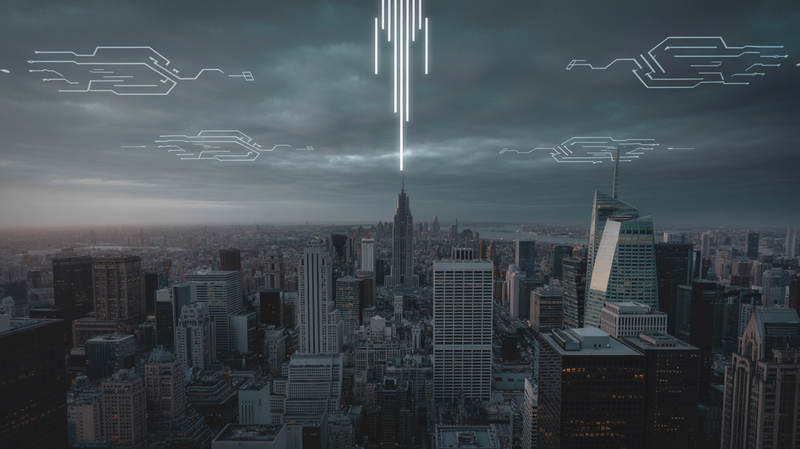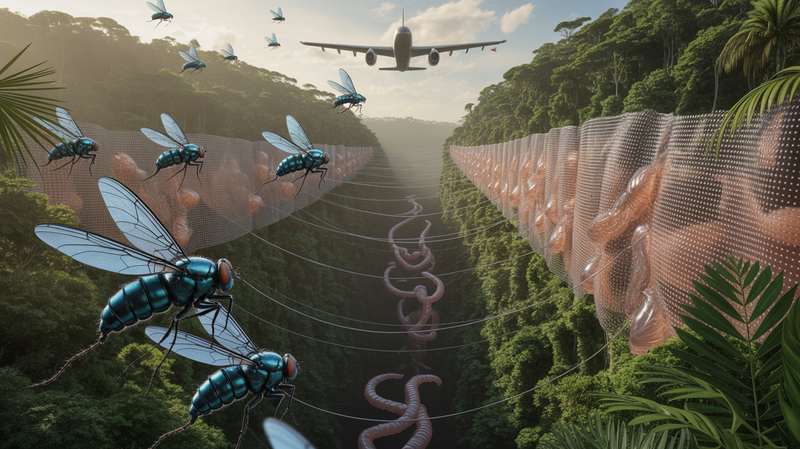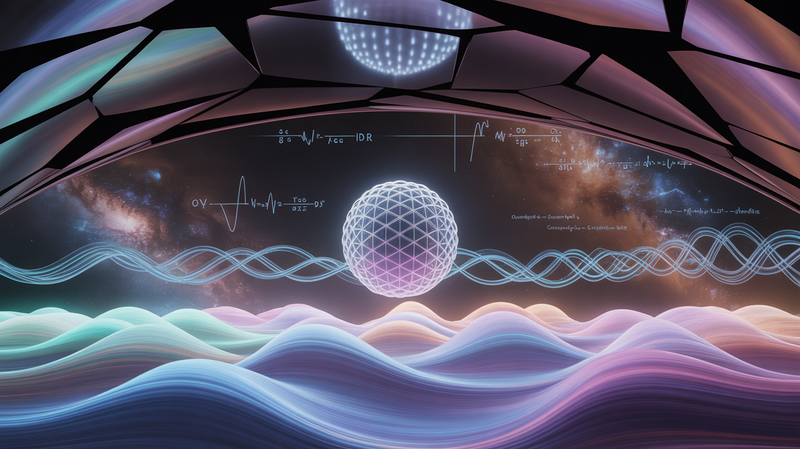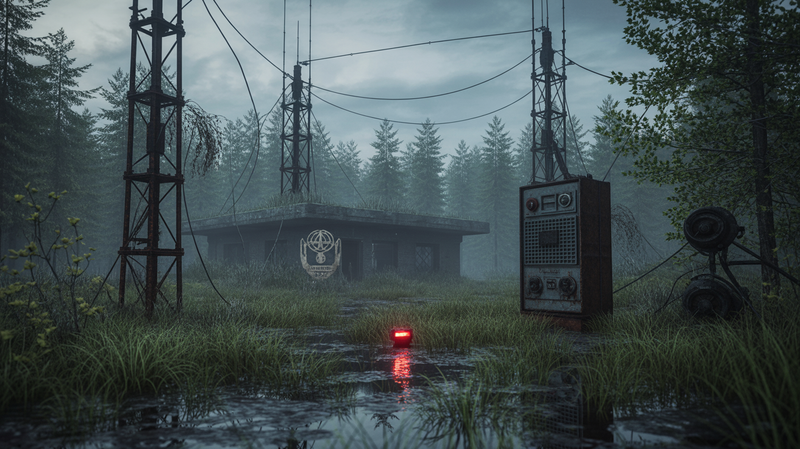The Curious World of Bioluminescent Organisms
From the depths of the ocean to the corners of the forest, bioluminescence – the production and emission of light by a living organism – is a spectacle that continues to fascinate scientists and nature enthusiasts alike. In this article, we journey through the natural world to understand this remarkable phenomenon better.
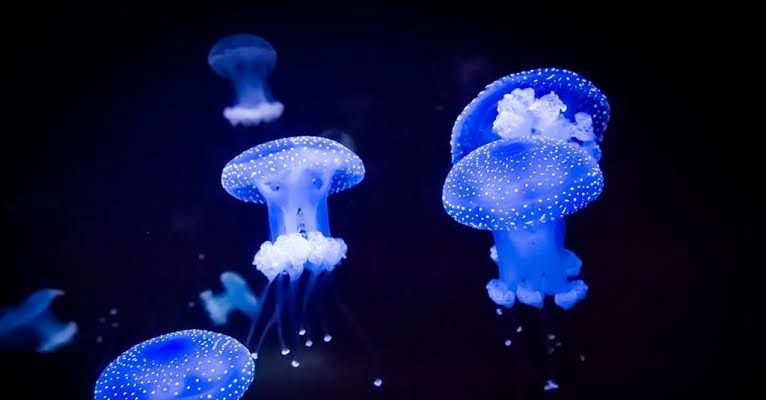
From the depths of the ocean to the corners of the forest, bioluminescence – the production and emission of light by a living organism – is a spectacle that continues to fascinate scientists and nature enthusiasts alike. In this article, we journey through the natural world to understand this remarkable phenomenon better.
A Flash of Light in the Depths:
The ocean, particularly its deeper, darker realms, is the most common habitat of bioluminescent creatures. For many of these dwellers, such as the anglerfish, bioluminescence provides an eerie glow that serves as a lure for unsuspecting prey. Others, like the flashlight fish, use their light to communicate and identify each other in the ocean's vastness.
Glowworms, on the other hand, which are actually bioluminescent beetle larvae, illuminate their sticky, silk-like snares to attract prey in the dark caves they call home. The blue light they emit sets a captivating scene, making caves look like starry skies.
In the Shadows of the Forest:
Venture into the forest at night, and you may witness an ethereal glow emitted by various species of fungi. Bioluminescent fungi, such as the foxfire mushroom, light up the forest floor with their radiant glow. But why does a mushroom need to produce light? Scientists believe it's a clever strategy to attract insects that, after visiting the glowing mushrooms, help disperse their spores, aiding reproduction.
Glowing insects like fireflies have gained a lot of attention for their spectacular light shows. These insects use light to find mates: males typically fly around flashing their lights, while females sit back and respond with their own flashes to attract the males.
The Science Behind the Glow:
Bioluminescence is a result of a chemical reaction. In general, it involves the interaction of a molecule called luciferin with oxygen. This reaction, catalyzed by an enzyme named luciferase, produces light. Interestingly, the color of the light emitted depends on the type of luciferin involved and the conditions under which the reaction occurs.
Harnessing Nature's Glow:
Beyond the natural world, bioluminescence has found applications in scientific research and medicine. For example, researchers often use bioluminescent markers to track disease progression or to study the complex workings of cells and genes.
Bioluminescence is a breathtaking phenomenon that illustrates the adaptability and creativity of life on Earth. From the darkest depths of the ocean to the quiet of the nighttime forest, the glow of these living lights adds an element of wonder and mystique to our exploration of the natural world. As we continue to uncover the secrets of these light-producing organisms, who knows what other applications and insights this ethereal glow may illuminate?
Bioluminescence and Artificial Intelligence: A Luminescent Leap into the Future
As we saw in our previous exploration of bioluminescence, this fascinating natural phenomenon is more than just a spectacle – it's a powerful tool in scientific research. Now, let's expand on this idea and explore the convergence of bioluminescence with another groundbreaking field: artificial intelligence (AI).
Bringing AI into the Picture:
AI's primary goal is to create machines that can 'learn' and 'think' like humans. How does this relate to bioluminescent organisms? The answer lies in the data these organisms can generate and how AI can harness this data for scientific progress.
Consider a lab studying disease progression in live cells. By using bioluminescent markers, they can track changes in the cells over time. However, the data generated can be overwhelming, both in terms of volume and complexity. Here's where AI comes in. Machine learning algorithms can process this data, identify patterns, and make predictions, all at a speed and efficiency far beyond human capabilities.
Bioluminescent Imaging and AI:
AI can bring substantial advancements in bioluminescent imaging – a technique that uses bioluminescent organisms to visualize biological processes. By combining the capabilities of AI and bioluminescence, researchers can develop predictive models to understand complex biological systems better. For example, AI algorithms can analyze bioluminescent imaging data to predict how a tumor might grow or how an infectious disease might spread.
Environmental Applications:
Bioluminescent organisms are excellent bioindicators, i.e., their presence or behavior can indicate the health of an ecosystem. AI could assist in data collection and interpretation in such scenarios. Imagine using bioluminescent organisms to monitor water pollution levels and then applying AI algorithms to predict future pollution trends and propose effective mitigation strategies.
Robotics and Biomimicry:
AI-powered robotics has also begun to tap into the secrets of bioluminescent organisms. For instance, robots designed to mimic bioluminescent creatures like jellyfish or squid could provide innovative solutions for underwater exploration or surveillance. With embedded AI systems, these robots could navigate and adapt to their environment, much like their natural counterparts.
In Conclusion:
The convergence of bioluminescence and AI is a promising frontier for research and technological development. From advancing our understanding of complex biological processes to informing conservation strategies, the potential applications are vast and exciting. By bridging the natural wonder of bioluminescence with the cutting-edge capabilities of AI, we are taking a luminescent leap into a brighter and smarter future.

